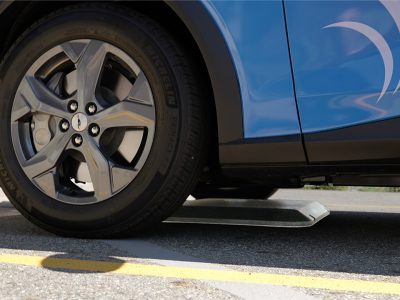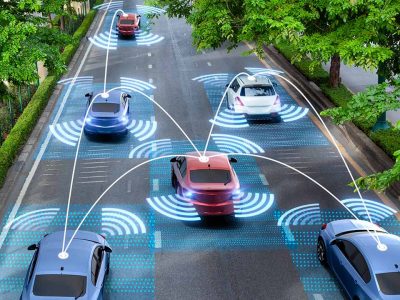The American supply chain is built on our trucking industry—but an unfortunate byproduct that comes from trucks is the oversized impact they have on our air quality. Because of their size, weight, and around the clock usage, they’re one of the largest contributors to emissions in the transportation sector. In numbers, the American Lung Association puts that impact at 59% of particle-forming nitrogen oxide emissions and 26% of greenhouse gas emissions for transportation.
In response a handful of companies have been building electric trucks, including Volvo, Daimler, Peterbilt, BYD, and Nikola.
And now everyone’s favorite player (Tesla) just entered the market. While late to the game, and loudest in the press room, Tesla’s Semi does feature some of the best equipment on the market. Their DC fast-charging system delivers up to 1MW, using a water-based coolant for the safe delivery of that power. It also boasts a battery with great range, claiming the Semi can travel 500 miles on a single charge while fully loaded. And of course, Elon Musk calls the Semi a beast…
While the industry is making strides though, there’s still a large roadblock to overcome. A new study of highway charging requirements found that as more electric trucks hit the road, electric truck stops will need as much power as a small town. This means a need… a need for power upgrades, grid adjustments, and new infrastructure across the country.
While the charging network may be a sticking point for adoption, if you’d like to learn more about electric trucks check out our video on electric trucks vs. diesel.



















Comments